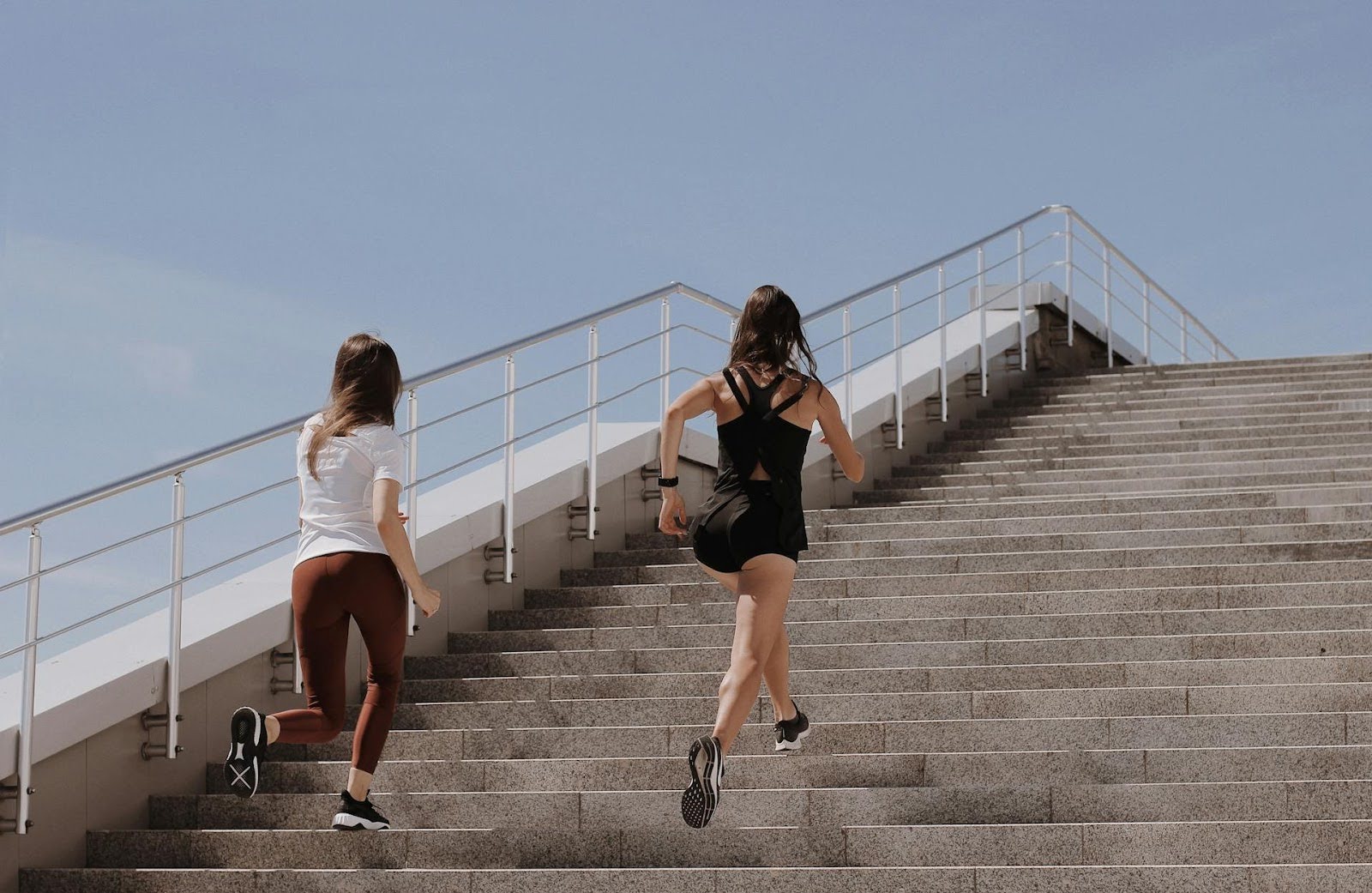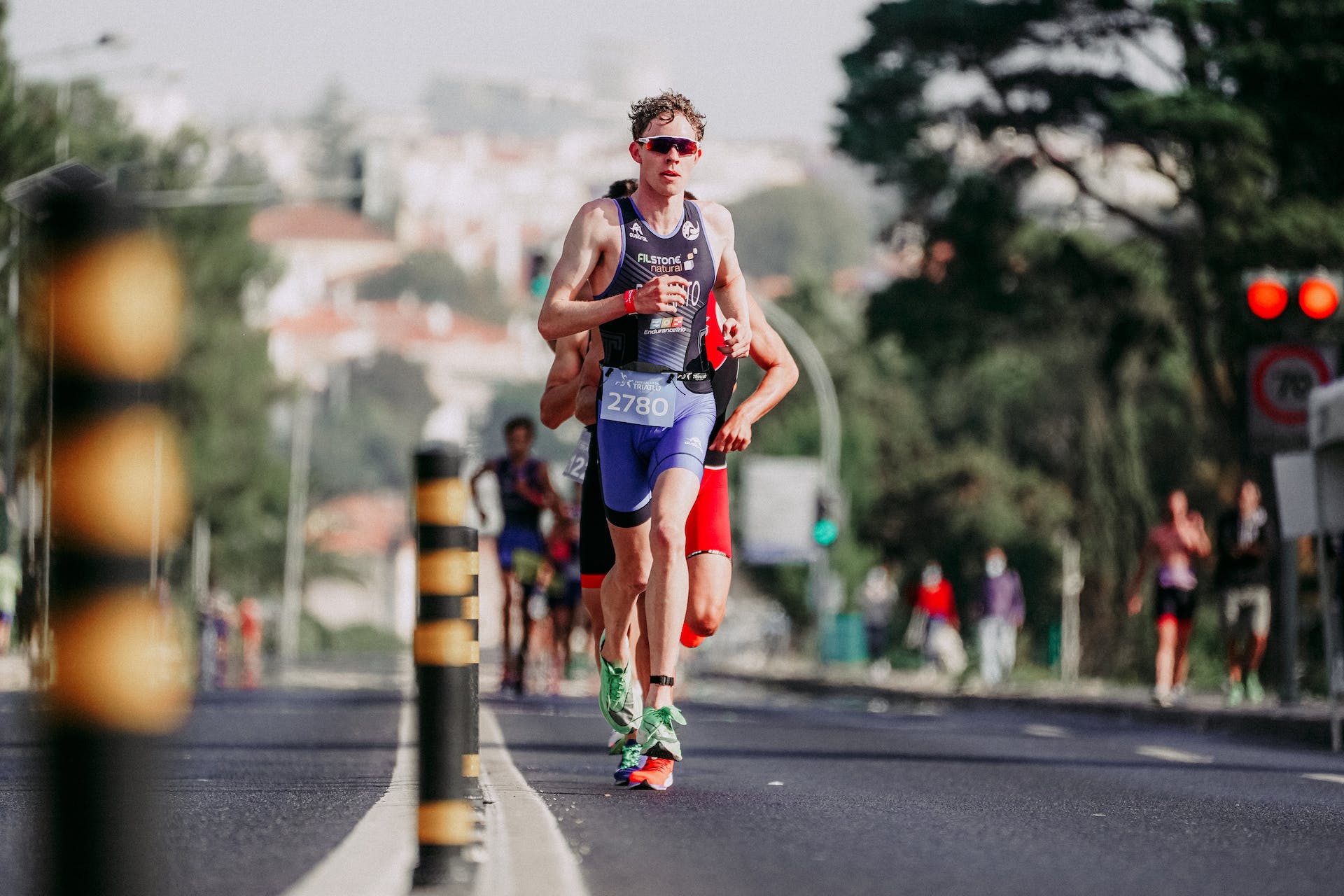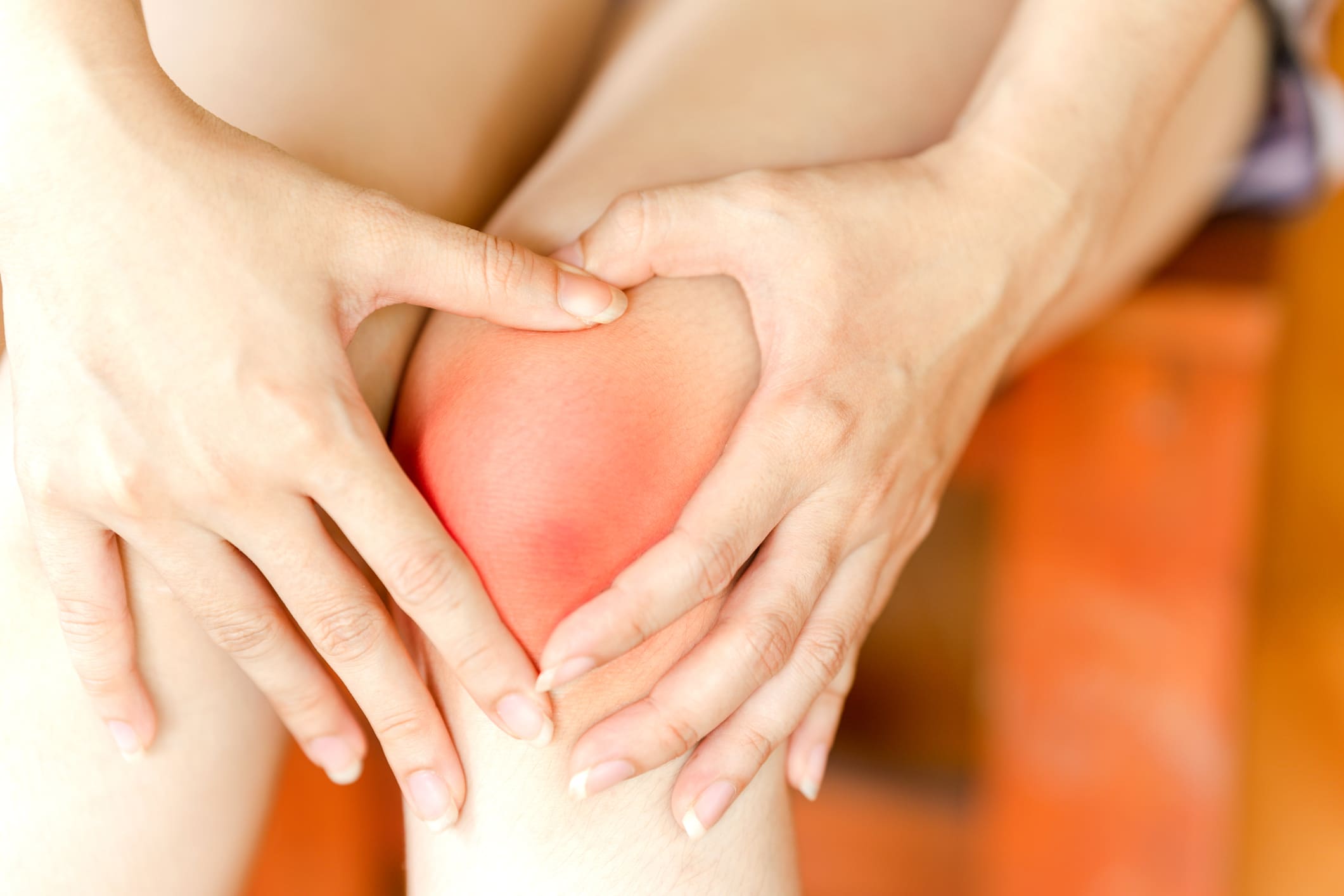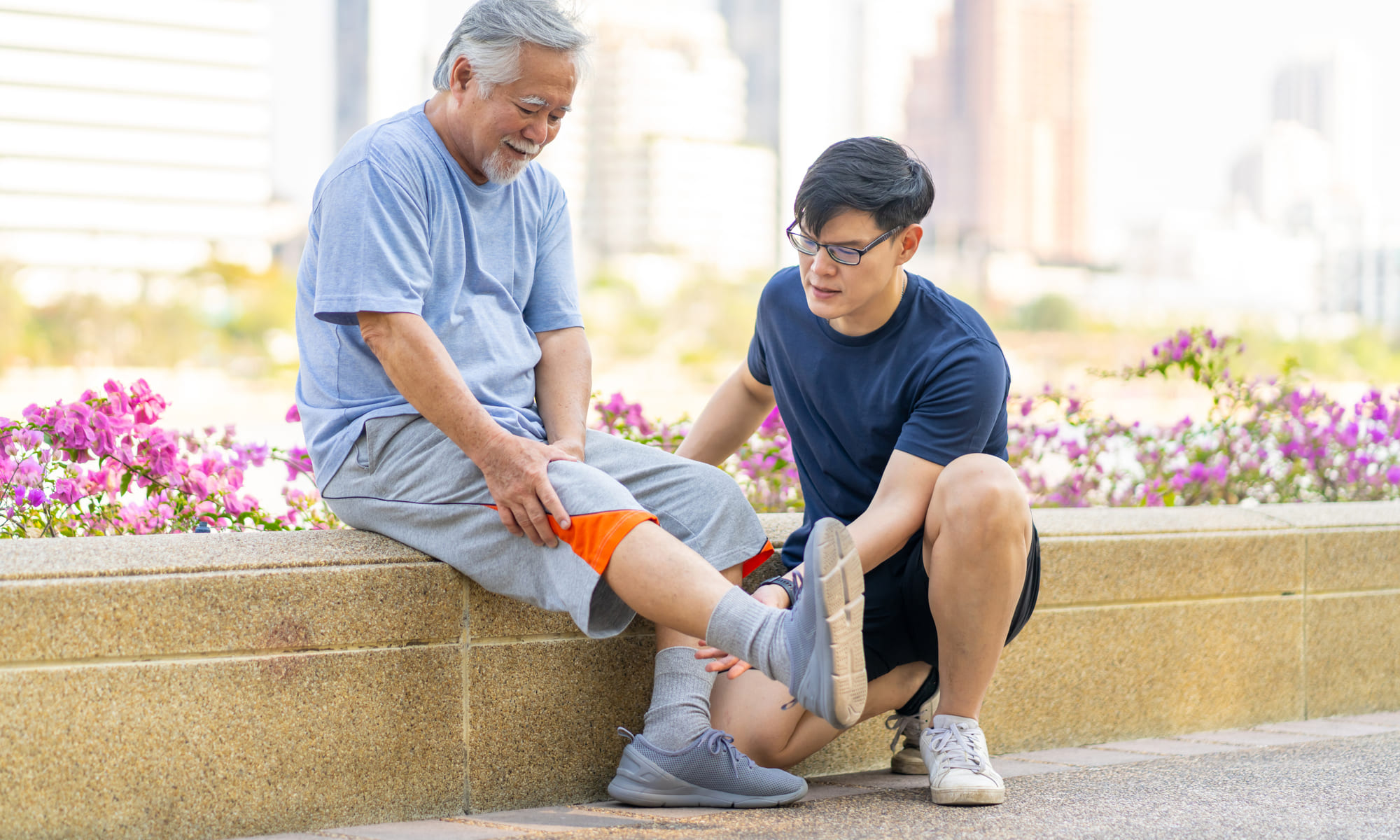Top Categories
Introduction to Runner’s Knee
Runner’s knee, medically known as patellofemoral pain syndrome, is a common ailment affecting both novice and seasoned runners. It refers to pain around the patella or kneecap, often exacerbated by physical activity involving knee bending, such as running, squatting, and climbing stairs. While the condition is prevalent among runners, it can also affect individuals involved in other sports that put significant strain on the knee joint.
The development of runner’s knee can be attributed to various factors, including overuse, direct trauma to the knee, misalignment of the kneecap, and weaknesses or imbalances in the thigh muscles. Additionally, individuals with flat feet or abnormal foot mechanics may also experience increased stress on their knees.
Key Symptoms of Runner’s Knee
The onset of pain from runner’s knee is typically gradual and often occurs during activities that involve bending of the knee. The most prominent pain is in and around the kneecap. Key symptoms include:
- Pain around the kneecap: This is often felt during activities such as running, squatting, and climbing stairs, and even after prolonged sitting with the knees bent.
- Swelling: Some individuals may experience swelling or puffiness in the knee area.
- Grinding or popping sensations: There might be a sensation of the knee ‘giving way’ or a feeling of instability. Some individuals also report a grinding or popping sensation in the knee when climbing stairs or after sitting for an extended period.
These symptoms can vary in intensity from person to person and may be influenced by the duration and intensity of physical activity. While runner’s knee can be uncomfortable, it is generally not indicative of damage to the knee structures. However, if left unaddressed, the condition can lead to chronic discomfort and potentially impede performance in sports and daily activities.
Tips for Preventing Runner’s Knee
Preventing runner’s knee involves a combination of proper training techniques, equipment, and self-care strategies. Here are some key tips to help prevent the onset or exacerbation of runner’s knee:
- Gradual Increase in Activity: Avoid sudden increases in training intensity or duration. Gradually build up your running mileage and intensity to allow your body to adapt.
- Strength Training: Focus on strengthening the muscles around the knee, especially the quadriceps, hamstrings, and hip abductors. Strong muscles help stabilise the knee and distribute the forces exerted on it more evenly.
- Proper Running Technique: Maintain good form while running. Leaning forward slightly and running with shorter, quicker strides can help reduce the stress on your knees.
- Adequate Footwear: Wearing the right shoes is crucial. Shoes should provide proper support and be suitable for your foot type and running style. Replace running shoes regularly to ensure they maintain their supportive qualities.
- Cross-Training: Incorporate low-impact activities, such as swimming or cycling, into your routine to give your knees a break from the high impact of running.
- Rest and Recovery: Allow adequate recovery time between runs to let your body heal. Listen to your body and rest if you start experiencing knee pain.
- Warm-Up and Cool-Down: Start each running session with a warm-up and end with a cool-down period. This practice increases blood flow to the muscles and reduces the risk of injury.
- Stretch Regularly: Regular stretching can improve flexibility, which in turn can help prevent injuries.
Essential Exercises to Strengthen Knee Muscles
Quadriceps Strengthening
- Straight Leg Raises: Lie on your back with one knee bent and the other leg straight. Lift the straight leg to the height of the bent knee, hold for a few seconds, then lower.
- Wall Squats: Stand with your back against a wall, feet shoulder-width apart. Slide down into a squat position, hold for several seconds, then slide back up.
Hamstring Strengthening
- Hamstring Curls: Lie on your stomach. Slowly bring your heels toward your buttocks, hold, and then return to the starting position.
- Swiss Ball Hamstring Curl: Lie on your back with your heels on a Swiss ball. Lift your hips, roll the ball towards your body, then roll it back out.
Hip Abductor Strengthening
- Side Leg Raises: Lie on your side with legs stacked. Lift the top leg towards the ceiling, hold for a few seconds, then lower.
- Clamshells: Lie on your side with your knees bent. Keep your feet together, open your top knee, and then close it.
Core Strengthening
- Planks: Lie on your stomach, then lift your body off the ground, resting on your forearms and toes. Hold the position, keeping your body straight.
- Bicycle Crunches: Lie on your back, hands behind your head. Alternate touching your elbow to the opposite knee, mimicking a cycling motion.
Stretching Techniques for Runners
Incorporating stretching into a running routine is vital for maintaining flexibility and preventing injuries like runner’s knee. Here are effective stretching techniques for runners:
- Quadriceps Stretch: Stand on one leg and hold the other foot with your hand, gently pulling it towards the buttocks. Keep the knees together and the back straight, hold for 15-30 seconds, then switch legs.
- Hamstring Stretch: Sit with one leg extended and the other bent, the sole of the foot against the opposite inner thigh. Lean forward from the hips over the extended leg, hold for 15-30 seconds, then switch sides.
- Calf Stretch: Face a wall with one foot in front of the other. Bend the front knee, keeping the back leg straight and the heel on the ground. Lean towards the wall until feeling a stretch in the calf of the straight leg, hold for 15-30 seconds, then switch.
- Hip Flexor Stretch: Kneel on one knee (use a pad for comfort), with the other foot in front, forming a 90-degree angle at the knee. Gently push your hips forward, keeping the back straight, hold for 15-30 seconds, then switch sides.
- IT Band Stretch: Cross your right leg behind your left and lean to the left side, pushing your hips to the right. Hold for 15-30 seconds, then switch sides.
- Gluteal Stretch: Lie on your back with both knees bent. Cross one leg over the other so the ankle rests on the opposite knee. Gently pull the uncrossed leg towards you until feeling a stretch in the buttock of the crossed leg, hold for 15-30 seconds, then switch legs.
It’s important to perform these stretches gently and to avoid bouncing, which can lead to muscle strain. Regularly performing these stretches before and after runs can significantly help in maintaining muscle flexibility and reducing the risk of runner’s knee.
Conclusion
Maintaining knee health is essential for runners to prevent conditions such as runner’s knee. This involves a comprehensive approach that includes understanding and recognising the symptoms, implementing preventive measures, engaging in specific strengthening and stretching exercises, and adopting appropriate running techniques and equipment.
Runners should listen to their bodies and seek advice from a sports medicine specialist if they experience persistent knee pain. Contact our clinic today for an accurate diagnosis and personalised treatment plan.





